Optimal Timing for Furniture Stripping
Furniture strippings involve removing old finishes, paint, or varnish to prepare surfaces for refinishing or restoration. The timing of this process can influence the quality and durability of the results. Understanding when to perform furniture strippings ensures optimal outcomes and minimizes potential issues such as surface damage or finish deterioration.
Perform furniture strippings during mild weather with stable humidity and temperature to prevent surface warping or cracking.
Stripping is best done when furniture is not in frequent use to allow proper drying and curing of finishes.
Align stripping with project timelines to ensure enough time for preparation, stripping, and refinishing processes.
Consider the type of finish and material when choosing the timing for stripping to avoid damaging delicate surfaces.

A worker carefully removing old paint from a wooden table using chemical stripper.
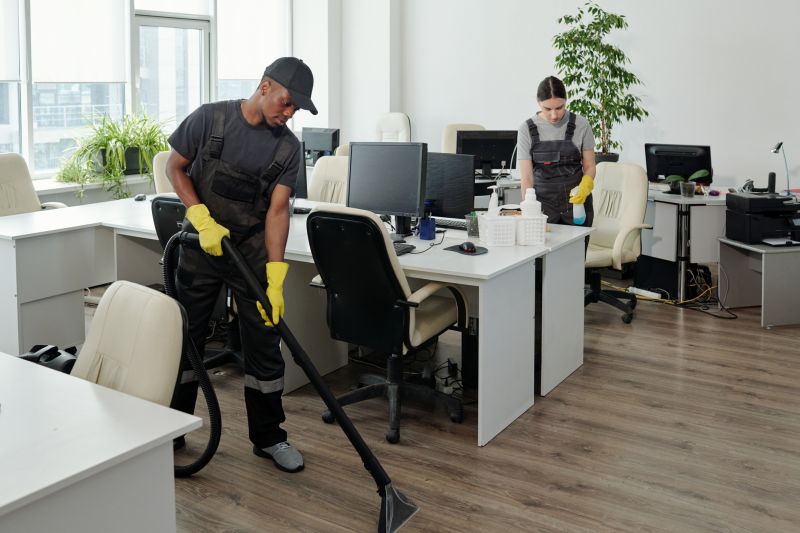
An organized workspace with ventilation and protective gear for stripping furniture safely.
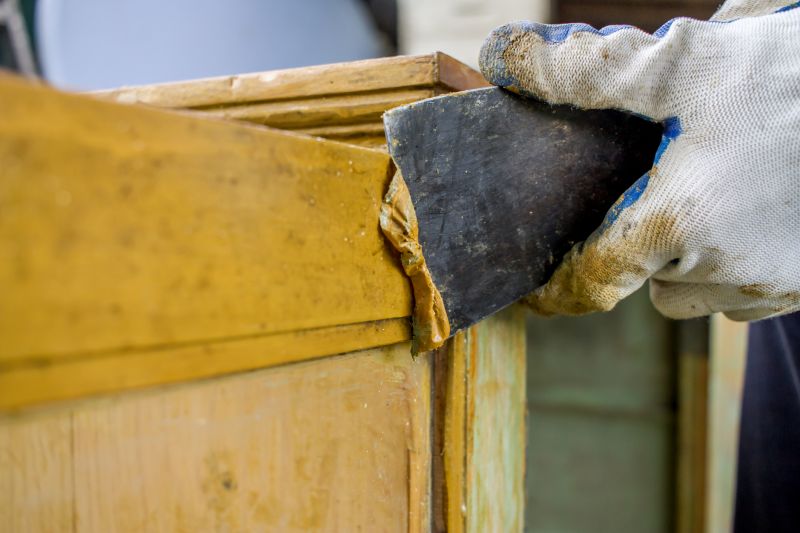
A piece of furniture after stripping, ready for refinishing or painting.

Ways to make Furniture Strippings work in tight or awkward layouts.

Popular materials for Furniture Strippings and why they hold up over time.
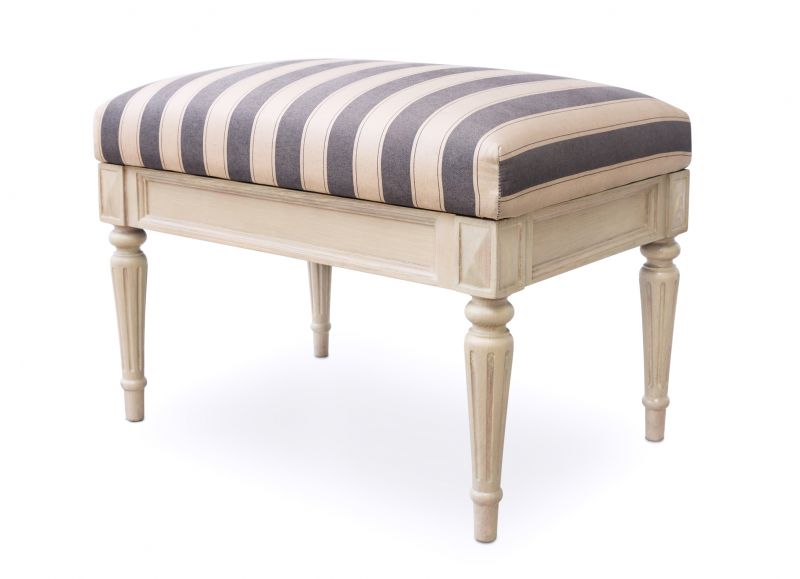
Simple add-ons that improve Furniture Strippings without blowing the budget.
| Timing Factor | Recommended Conditions |
|---|---|
| Season | Spring or Fall with mild temperatures |
| Humidity | Low to moderate humidity levels |
| Furniture Usage | When furniture is not in regular use |
| Finish Type | Late stages of project for optimal results |
| Indoor Environment | Controlled indoor climate for sensitive materials |
| Weather Conditions | Avoid during high humidity or extreme cold |
Furniture strippings are a critical step in restoring or refinishing wooden furniture pieces. The process involves removing existing finishes to reveal a clean surface suitable for new coatings. Proper timing ensures that the stripping does not cause damage and that subsequent finishing adheres properly. Factors such as environmental conditions, furniture usage, and project timelines all influence the best time to perform stripping. For example, choosing a period with stable weather and low humidity can prevent issues like warping or finish peeling. Additionally, indoor stripping during seasons with fluctuating outdoor conditions can provide a more controlled environment, leading to higher-quality results.

Applying chemical stripper to a wooden chair for removal of old finish.
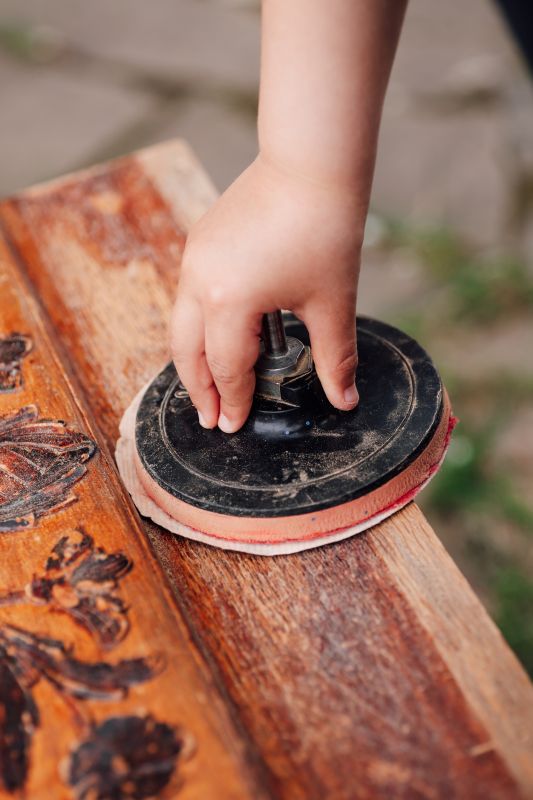
Furniture pieces drying after stripping in a well-ventilated area.
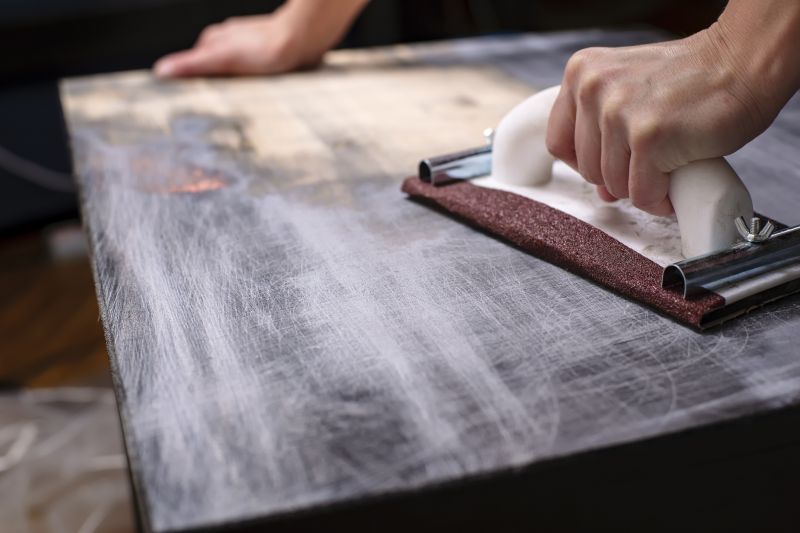
Sandpaper and tools prepared for refinishing after stripping.
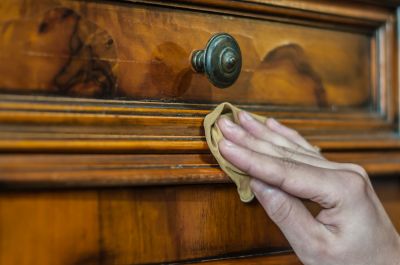
A beautifully restored piece of furniture post stripping and refinishing.
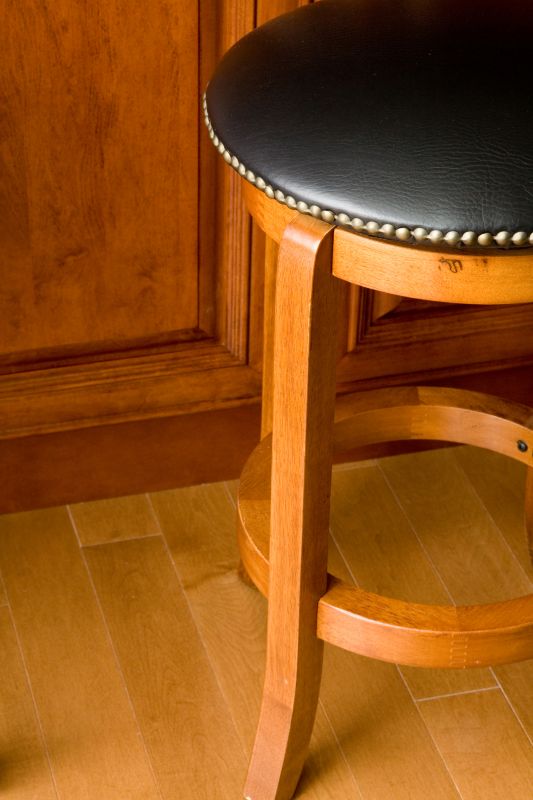
High-end options that actually feel worth it for Furniture Strippings.

Finishes and colors that play nicely with Furniture Strippings.
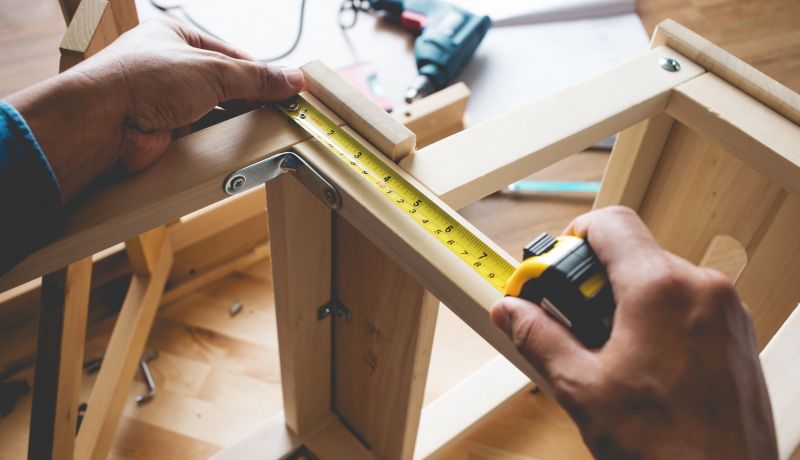
Little measurements that prevent headaches on Furniture Strippings day.
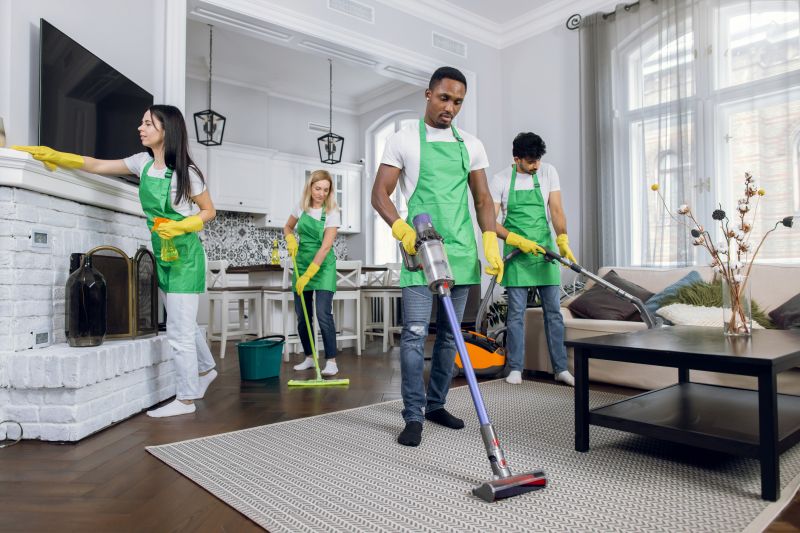
A 60-second routine that keeps Furniture Strippings looking new.
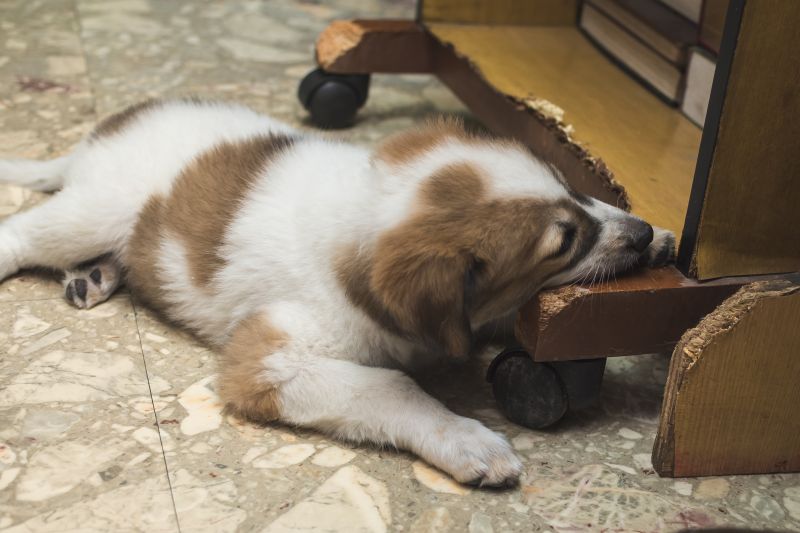
A frequent mistake in Furniture Strippings and how to dodge it.
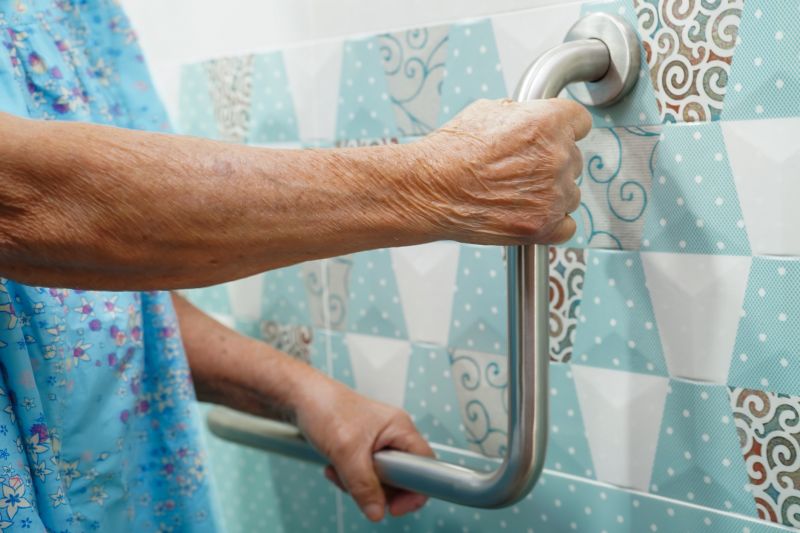
Small tweaks to make Furniture Strippings safer and easier to use.
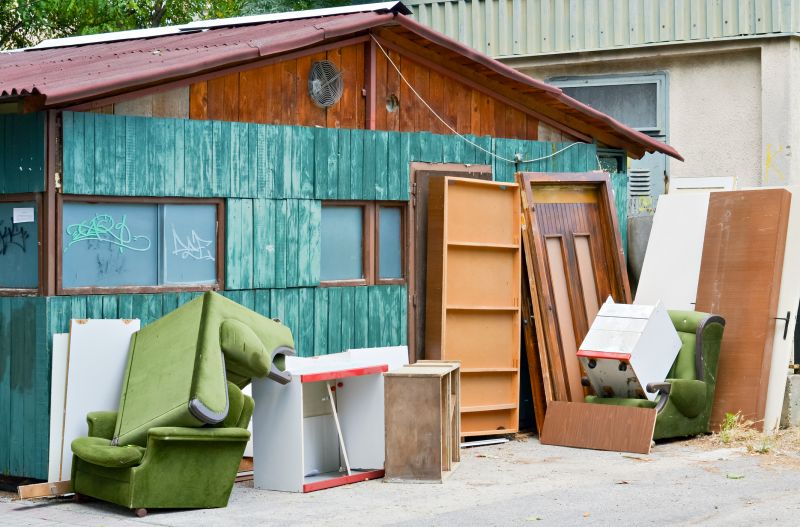
Lower-waste or water-saving choices for Furniture Strippings.
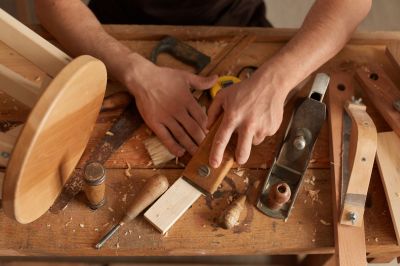
The short, realistic tool list for quality Furniture Strippings.
Timing plays a vital role in furniture stripping projects. Choosing the right season, environmental conditions, and project schedule helps ensure the longevity and appearance of the finished piece. Proper planning minimizes risks such as surface damage, uneven finishes, and delays. Whether performed indoors or outdoors, understanding the optimal timing can lead to smoother processes and better results. For those interested in scheduling furniture strippings, consulting with professionals can provide tailored advice based on specific furniture types and conditions.
Fill out the contact form to inquire about furniture stripping services and schedule a consultation.
